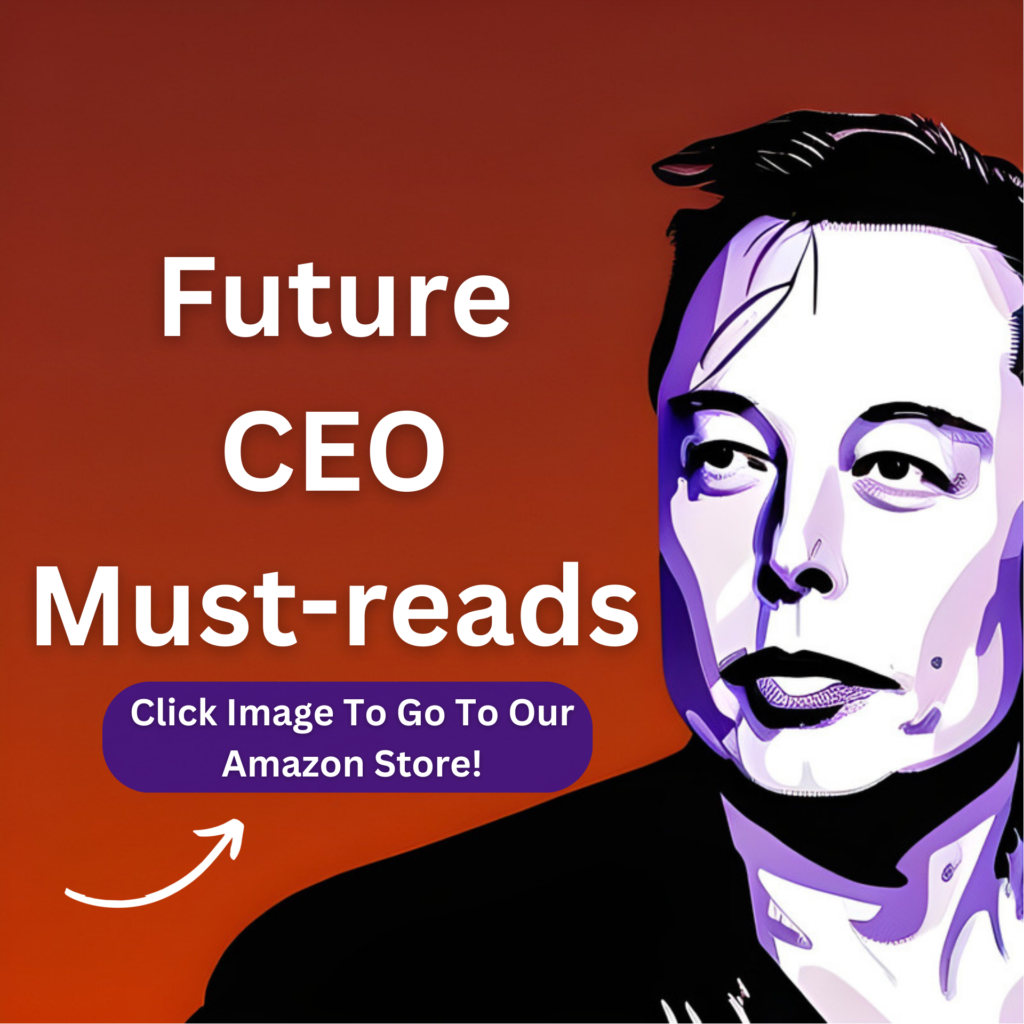**Disclosure:** We believe in honesty and transparency to the fullest extent. Some of the links on this blog are affiliate links, meaning, at no additional cost to you, we will earn a commission if you click through and make a purchase. This is one of the simplest ways you can support us.
In the dynamic world of business, innovation remains a pivotal driver of success. However, true innovation doesn’t necessarily spring from creating the brand new; it often emerges from the strategic fusion of existing industry practices with fresh, cross-sector perspectives. This approach allows entrepreneurs to unearth hidden opportunities and craft distinctive products or services that make a mark in the competitive modern marketplace.

Historical Fusion: A Blueprint for Success
The art of blending strategies from different sectors to innovate is not new. Consider the fast-food industry’s adoption of the automotive sector’s assembly line technique. This strategy revolutionized food service, enabling giants like McDonald’s to offer fast, consistent, and efficient service. Similarly, the concept of subscription boxes, now a staple in e-commerce, evolved from the long-standing practice of magazine subscriptions. This adaptation now caters to a diverse range of products, from beauty items to specialty foods, delivered directly to consumers.

Remember there was a time that mattresses were sold door to door. Practically every industry has had to evolve and there are still so many that have yet to catch up with the times.

Leveraging Technological Advances for Innovation
The rapid pace of technological advancement presents myriad opportunities to blend traditional practices with innovative technologies, enhancing efficiency and customer engagement:
- Augmented Reality (AR) in Tourism: Incorporating AR into traditional tourism transforms visitor experiences, offering immersive reconstructions and interactive tours via mobile devices, enriching the educational and exploratory aspects of travel.
- E-commerce and Artisanal Craftsmanship: Traditional craftspeople, such as shoemakers or tailors, can now access global markets through e-commerce platforms. These platforms not only broaden their customer base but also offer tools that enable personalization and customization, seamlessly marrying artisanal quality with modern convenience.
- Blockchain Technology in Real Estate: The real estate sector, often perceived as slow to innovate, can greatly benefit from blockchain technology. This technology can streamline property transactions, enhancing transparency and security, and reducing bureaucratic hurdles.

Charting Your Path to Innovation
For entrepreneurs eager to innovate, consider the following steps to integrate successful models from other industries into your own:
- Study Successful Cross-Industry Applications: Investigate how other sectors have successfully adopted foreign strategies or technologies. Understand the reasons behind their success.
- Spot Opportunities within Your Sector: Identify what is lacking or could be improved in your industry. Are there inefficiencies or outdated methods that could be revamped?
- Employ Modern Technologies: Explore how the latest technologies could enhance traditional practices within your industry, adding value and improving efficiency.
- Test Your Concept: Implement your idea on a small scale initially. This allows you to refine the concept based on real-world feedback and make necessary adjustments.
- Keep Abreast of Technological Trends: The technological landscape is ever-evolving. Stay informed about new developments that could potentially benefit your business model.
Conclusion
The strategic integration of traditional and contemporary practices offers extensive opportunities for entrepreneurs who are prepared to think innovatively. By drawing on successful strategies from various industries and utilizing the latest technological advances, you can establish a unique niche in the market, providing solutions that address unmet needs. Remember, innovation is not solely about inventing anew but also about creatively redefining and combining existing elements in novel and impactful ways.










